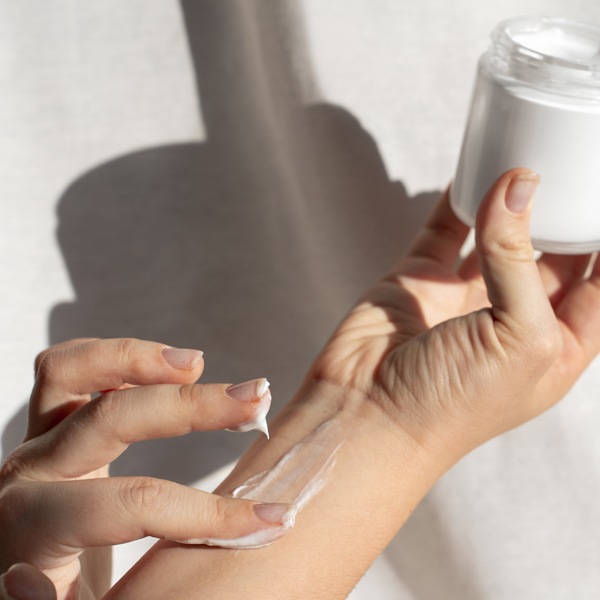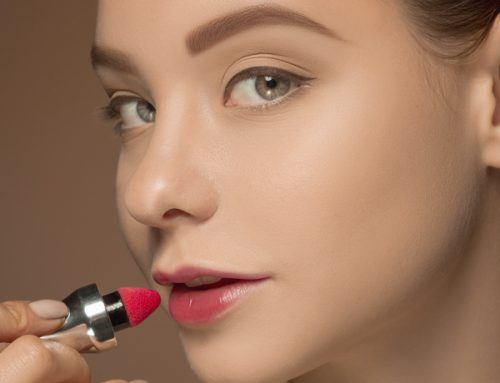What the future for sustainable cosmetics, according to Ecovia Intelligence?

Ecovia Intelligence, a specialized research, consulting, and training firm based in London, has provided insights into the future trends of sustainable cosmetics for the upcoming year.
- Expansion of Sustainable Products: The market for cosmetic products with sustainability attributes is set to grow further. While natural and organic cosmetics maintain their strong presence, new products with green attributes will emerge. Waterless products like shampoo bars, solid moisturizers, and sheet masks will continue gaining traction. Additionally, the popularity of microbiome-friendly products and refillables is on the rise.
- Proliferation of Ethical Labels: The cosmetics industry will witness a surge in the number of ethical labels. Established labels like natural and organic, represented by COSMOS and Natrue, will continue to thrive. Other eco-labels gaining prominence include Nordic Swan, Fairtrade, Non-GMO, and Climate Neutral.
- Rise of Plant-Based Cosmetics: With an increasing number of consumers adopting vegan lifestyles, the demand for plant-based cosmetics is growing. More brands are expected to market their products as vegan, with The Body Shop leading the way by having its entire product range certified by the Vegan Society.
4. Innovations in Sustainable Ingredients:
Cosmetic ingredients are evolving with the use of precision fermentation, plant cells, and new technologies. Companies like Geltor and Modern Meadow are developing collagen alternatives through precision fermentation. Debut, a Californian start-up, is utilizing cell-free biotechnology to create active ingredients.
5. Utilization of Captured Carbon Molecules:
Companies will increasingly incorporate carbon-captured molecules in cosmetic ingredients, packaging, and finished products. Coty’s fragrance using alcohol from industrial carbon emissions and Element Packaging’s CO2 Carbon Captured certified materials exemplify this trend.
6. Deforestation-Free Ingredients:
Rising concerns about deforestation are prompting organizations to introduce green ingredients. Forestwise, a Dutch-Indonesian enterprise, is marketing butters and oils made from wild-harvested raw materials sourced from the Borneo forest. Palmless, launched as a palm oil alternative in the US, and European initiatives like NoPalm Ingredients and Äio are contributing to deforestation-free ingredient options.
7. Green Packaging Initiatives:
Cosmetic brands are exploring alternative packaging materials to reduce reliance on single-use plastics. Bamboo, beeswax, wood chips, agricultural fibers, and other bio-based materials are making their way into cosmetic packaging. Some brands are even exploring dissolvable and compostable packaging options.
8. Scrutiny of Marketing Claims and Greenwashing:
Anticipate increased scrutiny of green marketing claims as new legislation comes into play. The EU parliament’s approval of a directive requiring companies to substantiate environmental or sustainability claims is expected to drive accountability in marketing practices.
These trends collectively underscore the industry’s commitment to environmental responsibility and the evolving landscape of sustainable beauty products.





